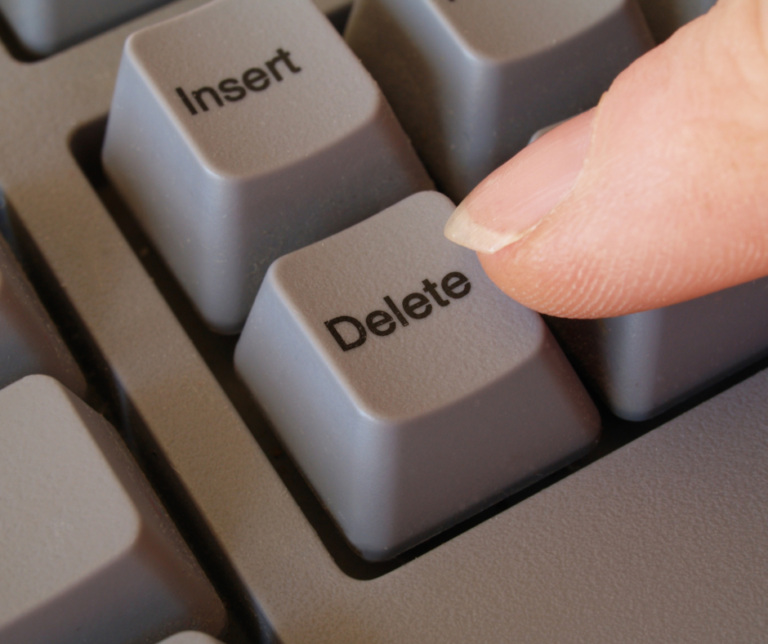You can end up in serious financial difficulties if your debt goes into collections. While the initial matter of concern is obviously to pay off the debt, having collections on your credit report can damage your credit score in the long run, as well.
If you want to protect yourself from such a situation, read on to find out foolproof ways to remove collections from your credit report. You can also use our attorney-engaged credit repair service for a more permanent solution to your credit woes.
How to Remove Inaccurate Collection Information?
If you can prove that your credit report has errors, the three major credit bureaus, Equifax, Experian, and TransUnion, have it in their power to remove inaccurate collection information. While most of these factual errors are benign, others, such as a misreported collection, can significantly damage your score.
Here are the steps you can take to remove inaccurate information:
Step 1: Check Your Free Credit Reports
The first step would be to keep an eye on your credit reports to spot any errors. If your credit score goes down without any explanation, or if you are denied a new credit account, it might be because of an error on your report.
It’s important to note that it is crucial to review a copy of your report from each bureau, as there might be some differences between the three.
Step 2: Identify Credit Report Errors
Some common issues you might find in your report include:
- Inaccurate biographical information
- Accounts belonging to someone else with the same credentials
- Accounts with inaccurate current balance
- Duplicate information
- Accounts that are inaccurately shown as late
You want to carefully review your reports to identify these errors.
Step 3: Write a Dispute Letter to the Bureau
Once you have identified a mistake in your report, you can write a dispute letter to each credit bureau.
The letter must contain specifics such as a clear identification of the issue, exact dates, and necessary supporting documents. The complaint can be filed online, or via phone or mail.
How to Remove Paid Collections
Removing a paid collection is entirely up to the discretion of the creditor. While they have no obligation to agree to your removal request, they might be convinced to do so in certain genuine cases.
If you express that you faced genuine financial hardships and extend your sincere efforts to ensure quick repayment, your creditor might be more open to wiping the event from your credit report.
Here are the steps you can take in this regard:
Step 1: Verify That the Debt Has Been Paid Off
The creditor will not accommodate you unless the amount you owe them has been paid off. Therefore, start by checking with your creditor to confirm that your dues have been cleared out and the account has been closed. You can also check your credit report to see if the information still appears.
Step 2: Request a Goodwill Deletion
Once you have repaid the debt, your next step would be to write a goodwill letter to request the removal of the collection from your account.
Explaining your situation and why you fell behind on payments, as well as providing evidence that supports your creditworthiness, may convince your creditors to remove the collection from your report. Still, your creditors are under no legal obligation to honor your request.
Step 3: Follow Up on Your Case
Once you have submitted your request, make sure to follow up with the bureaus to see the progress of your case. Most cases are closed within a thirty-day period. You can follow up via phone or email.
How Do Collection Reports Impact Your Credit Score?
Your credit report is meant to give potential lenders information on how you’ve used and managed your credit responsibilities. If you pay your bills on time and keep the balances on your accounts low, your responsible credit behavior will be reflected on your credit report. However, if you’ve paid late or skipped payments altogether, that information will also appear on your report, thereby reflecting poor financial behavior on your part.
As a result, lenders may be reluctant to pursue future dealings with you and you might face difficulties in obtaining credit at favorable interest rates and terms. In addition, the more recent a late payment is, the greater its impact. Accounts that get to the collection stage are considered seriously delinquent and will have a significantly negative impact on your credit report.
Bottom Line
All in all, collections can be severely damaging for your credit report. Therefore, it is suggested to maintain a positive score to begin with. However, if unforeseen circumstances lead to a negative score, you can use the steps in this post to push your case forward and wipe the collections off of your report.
Of course, it’s always best to get help from qualified credit repair experts. That’s where the Phenix Group comes in!
For more helpful financial information and advice, be sure to check out our posts on voluntary repossession and the Credit Repair Organization Act.

